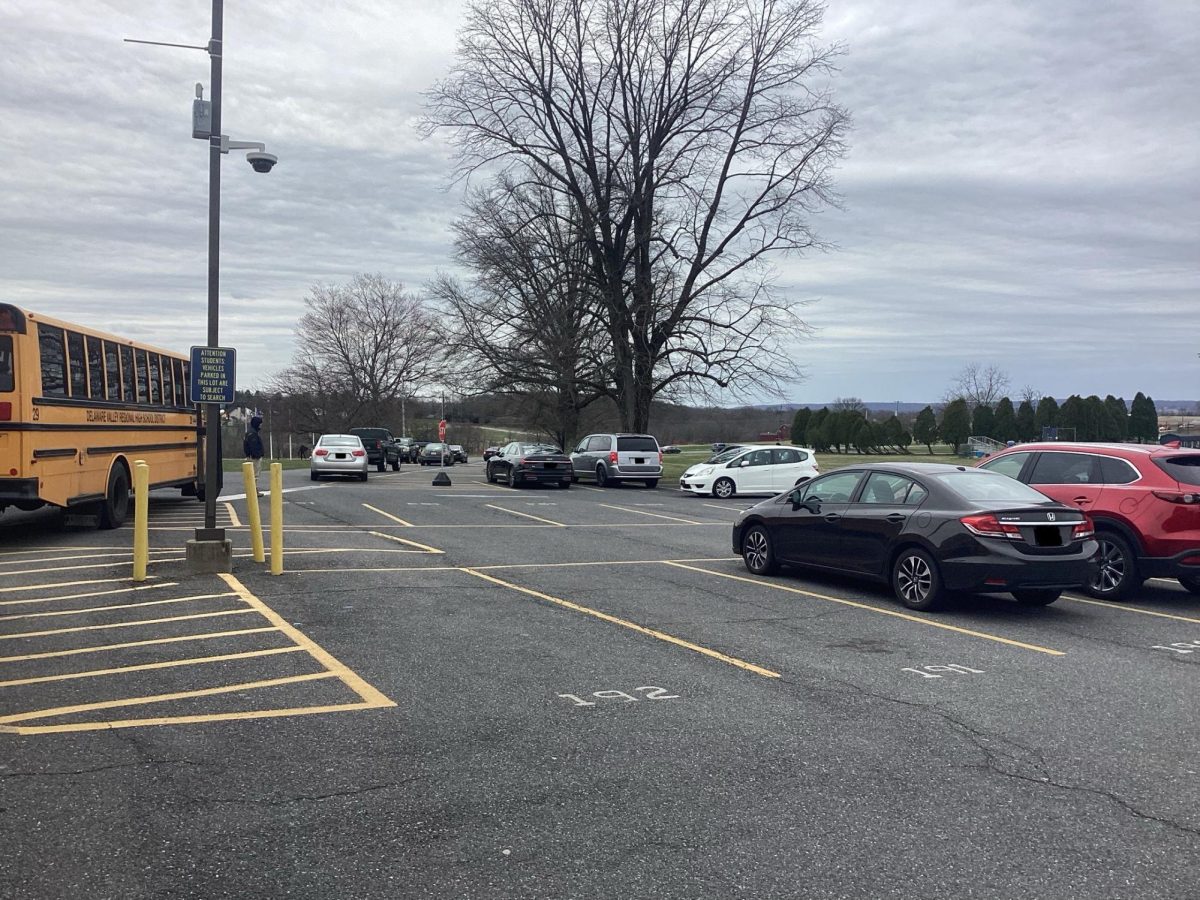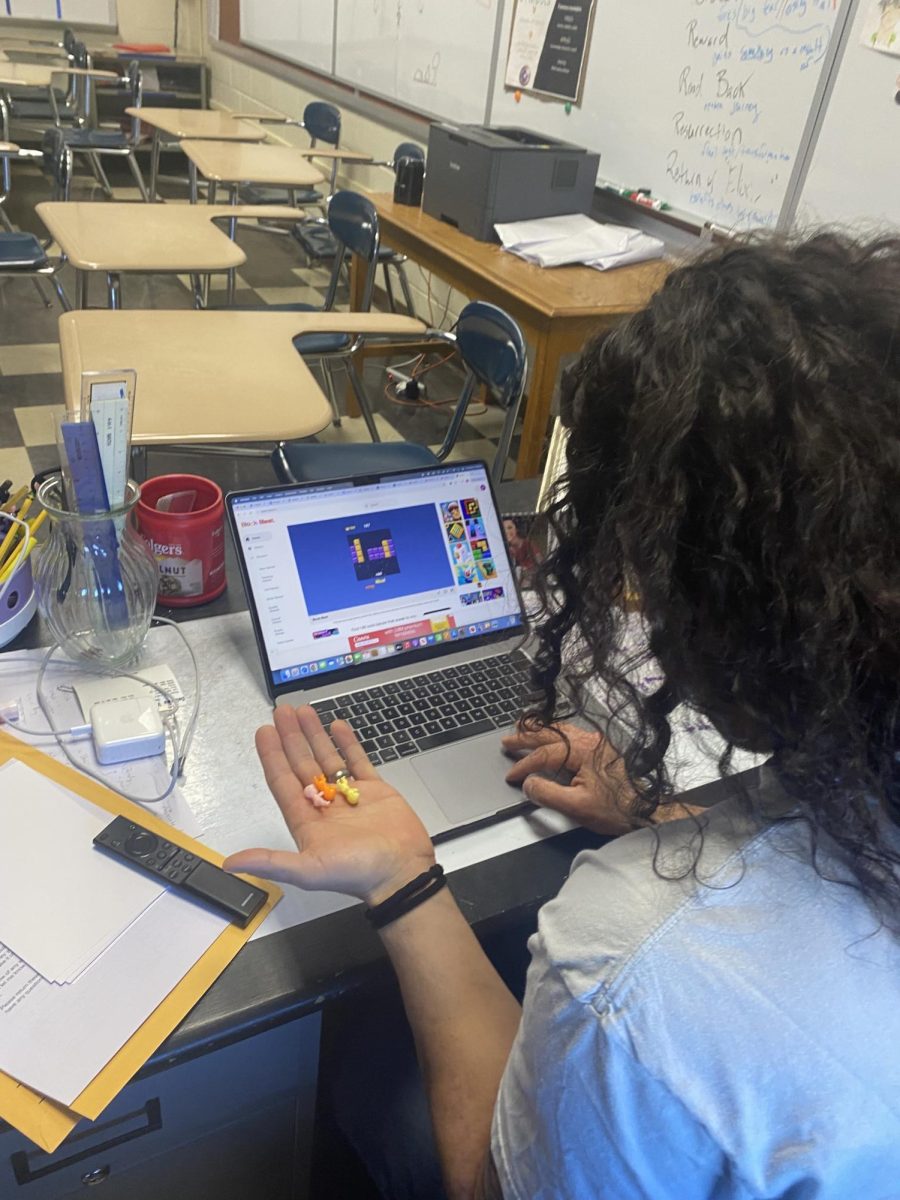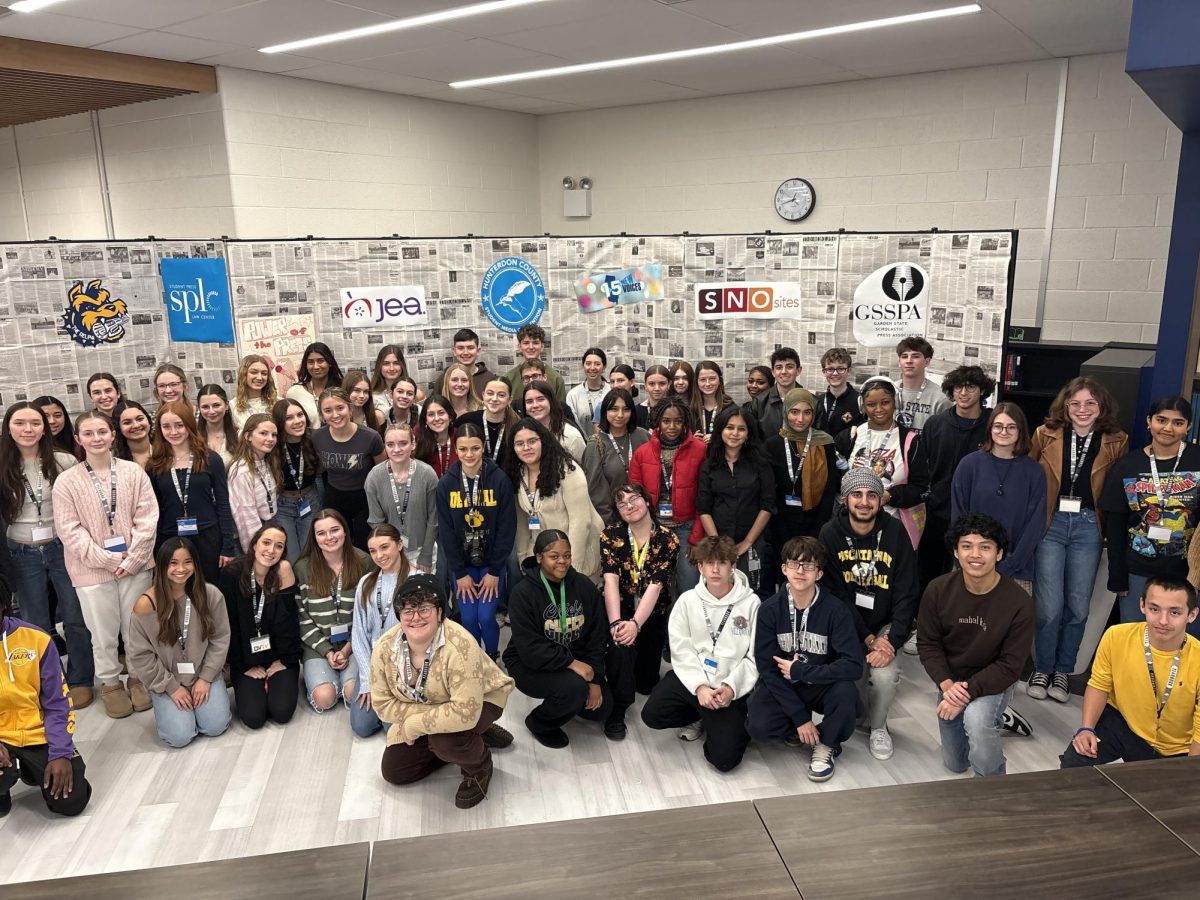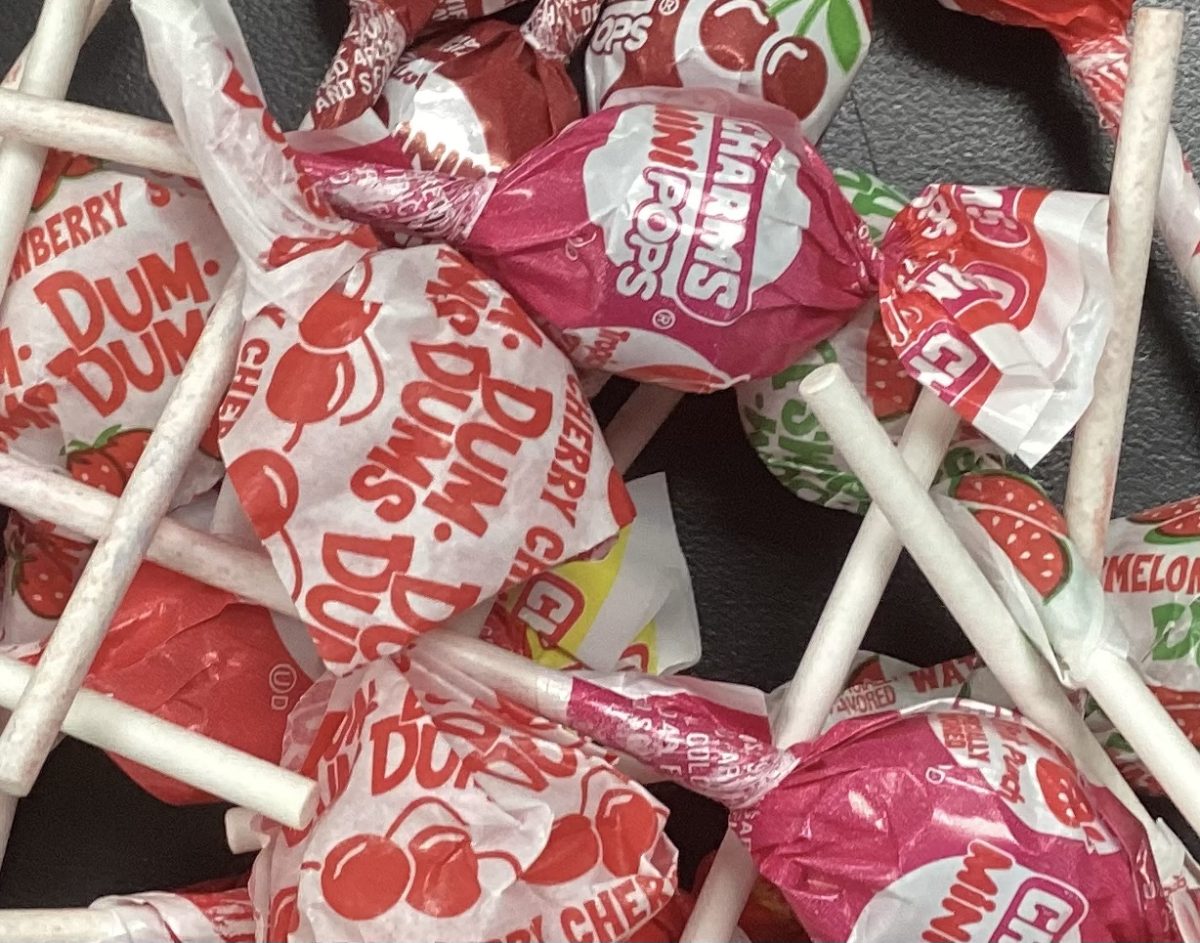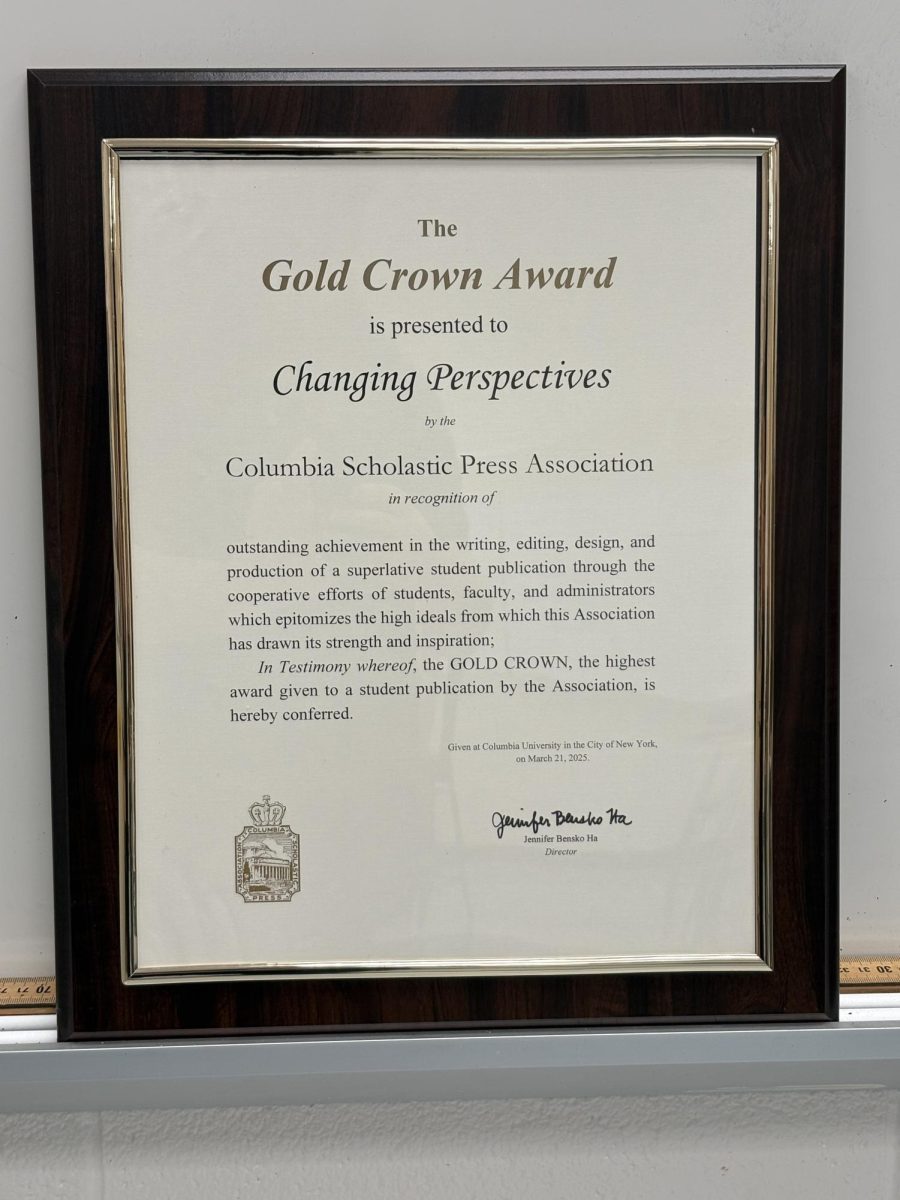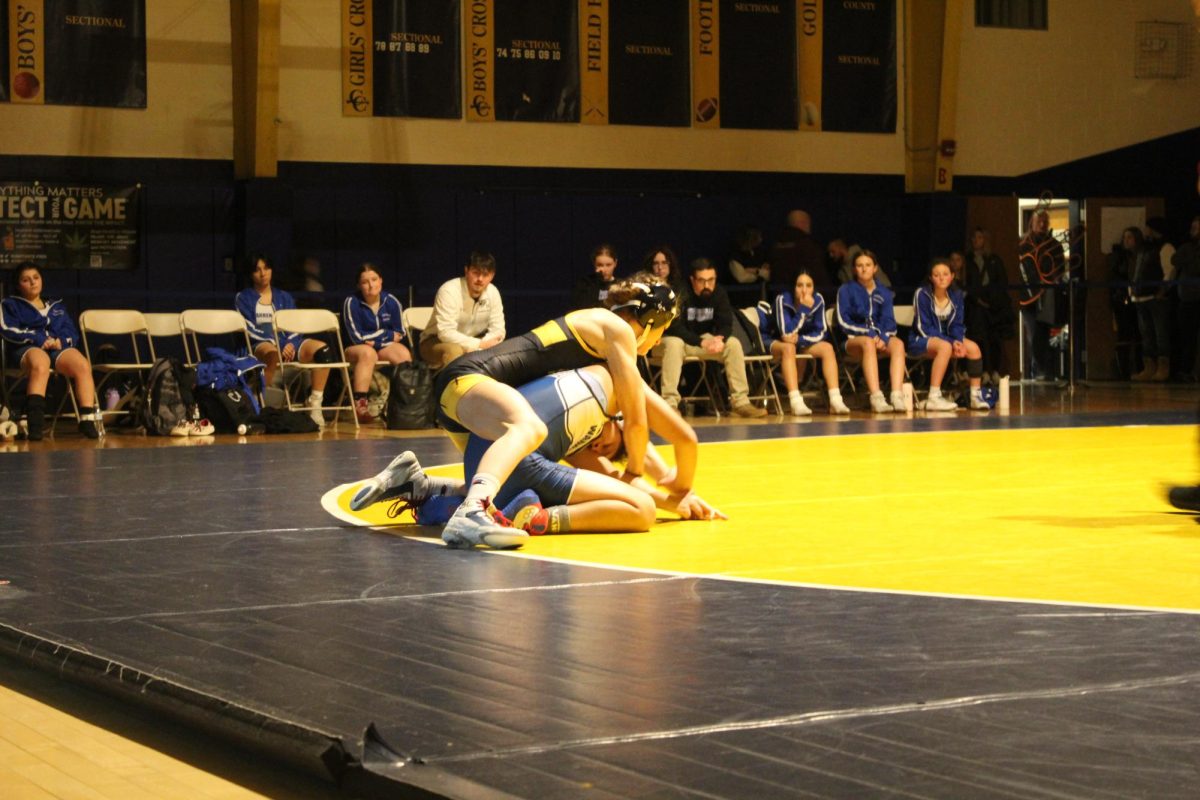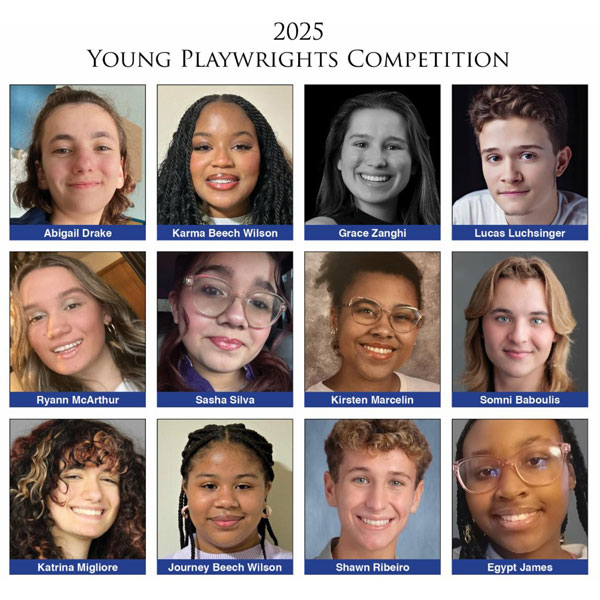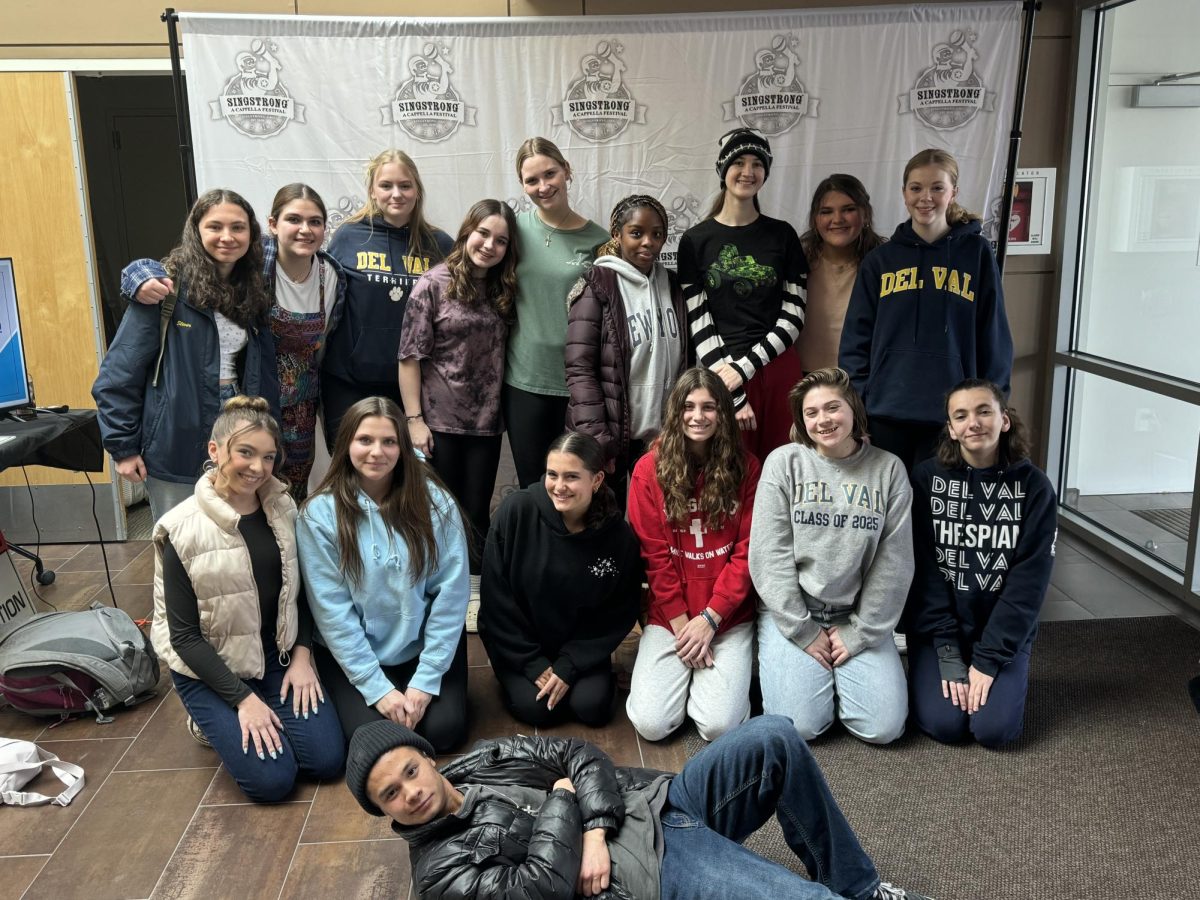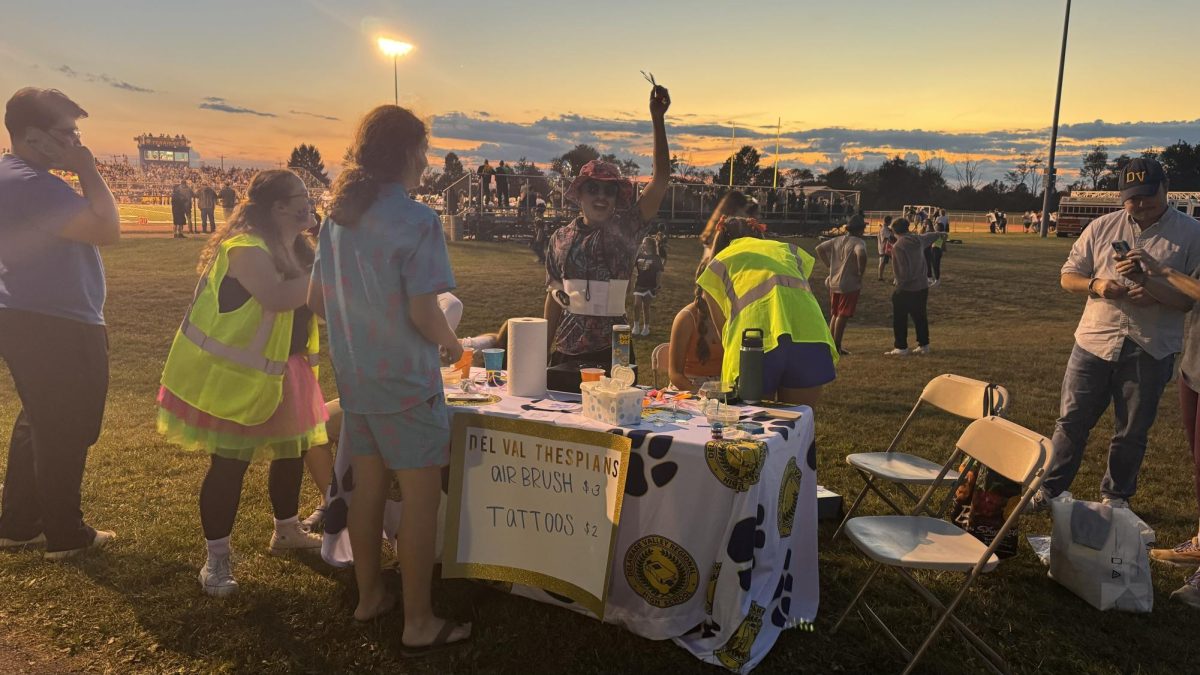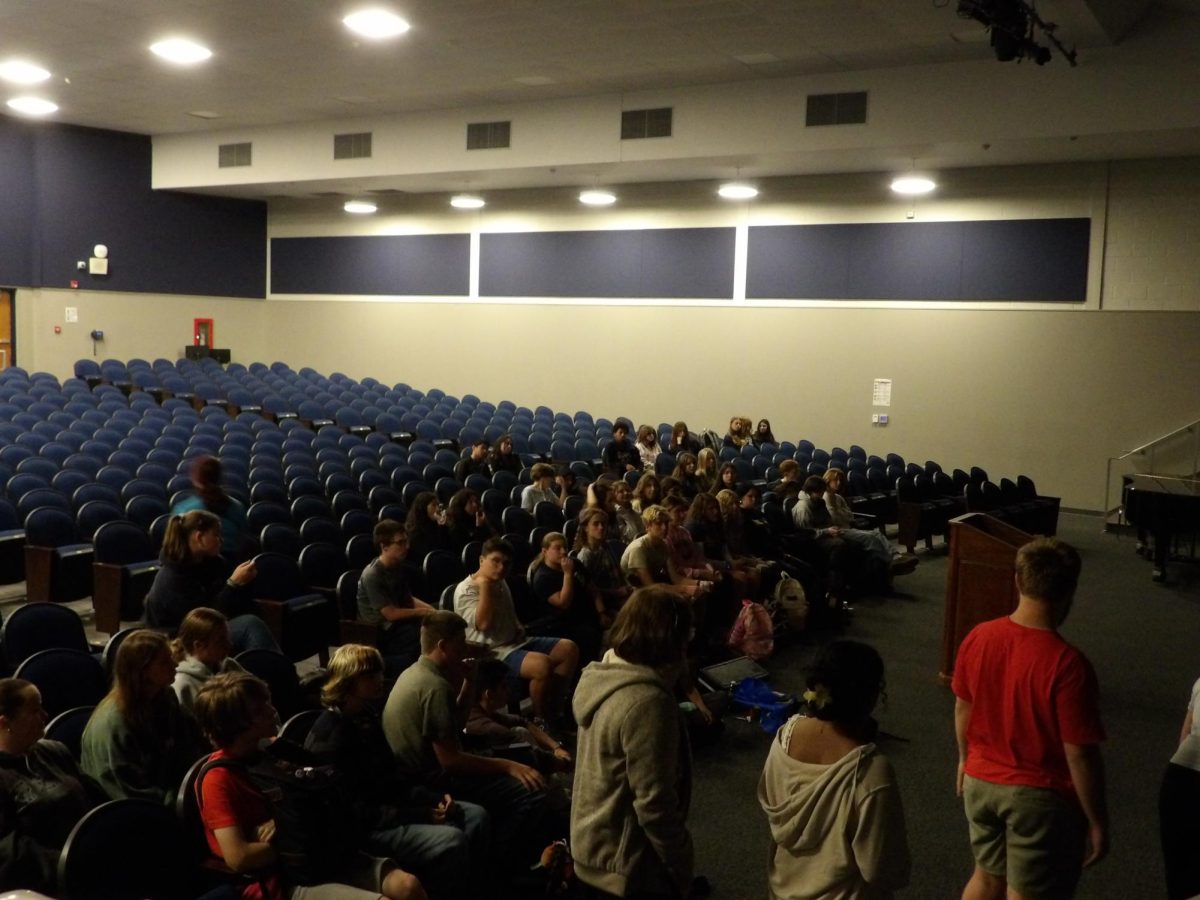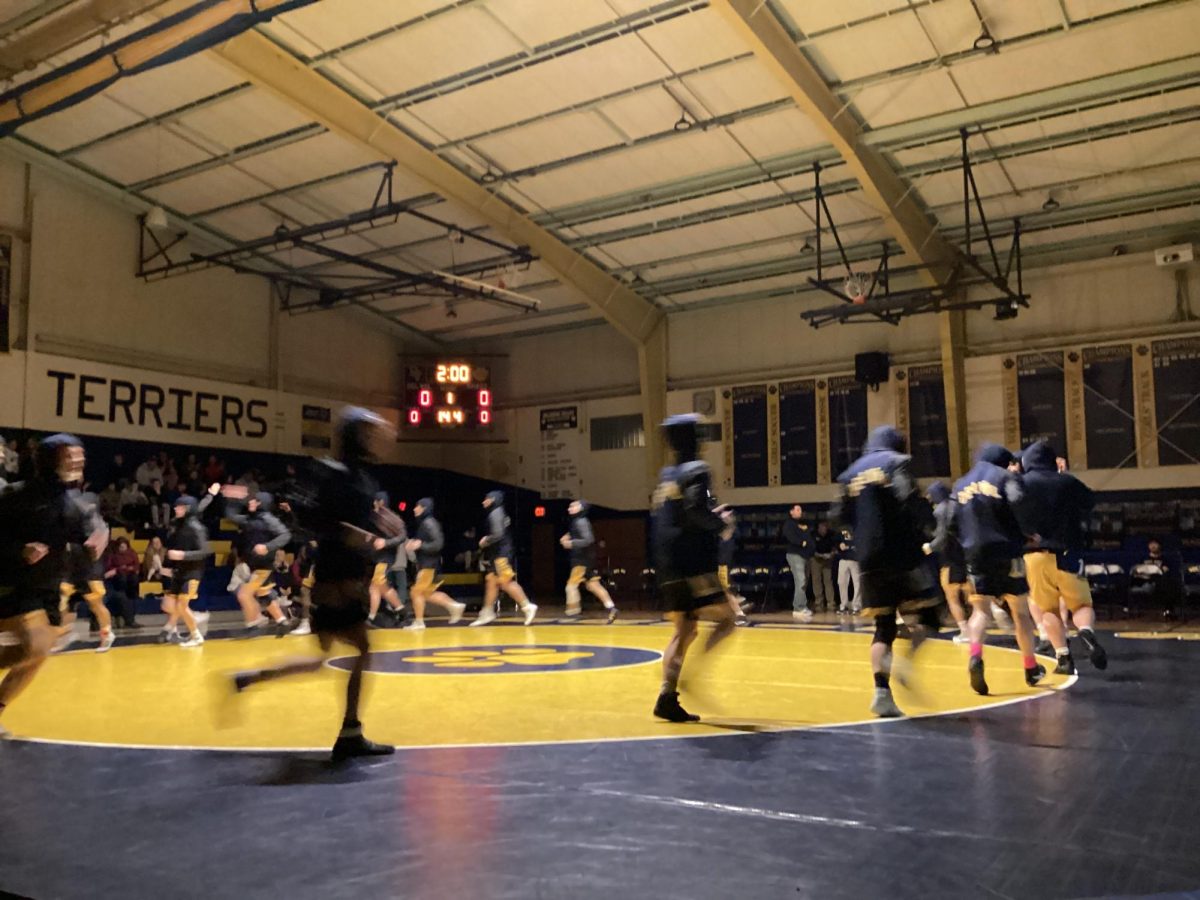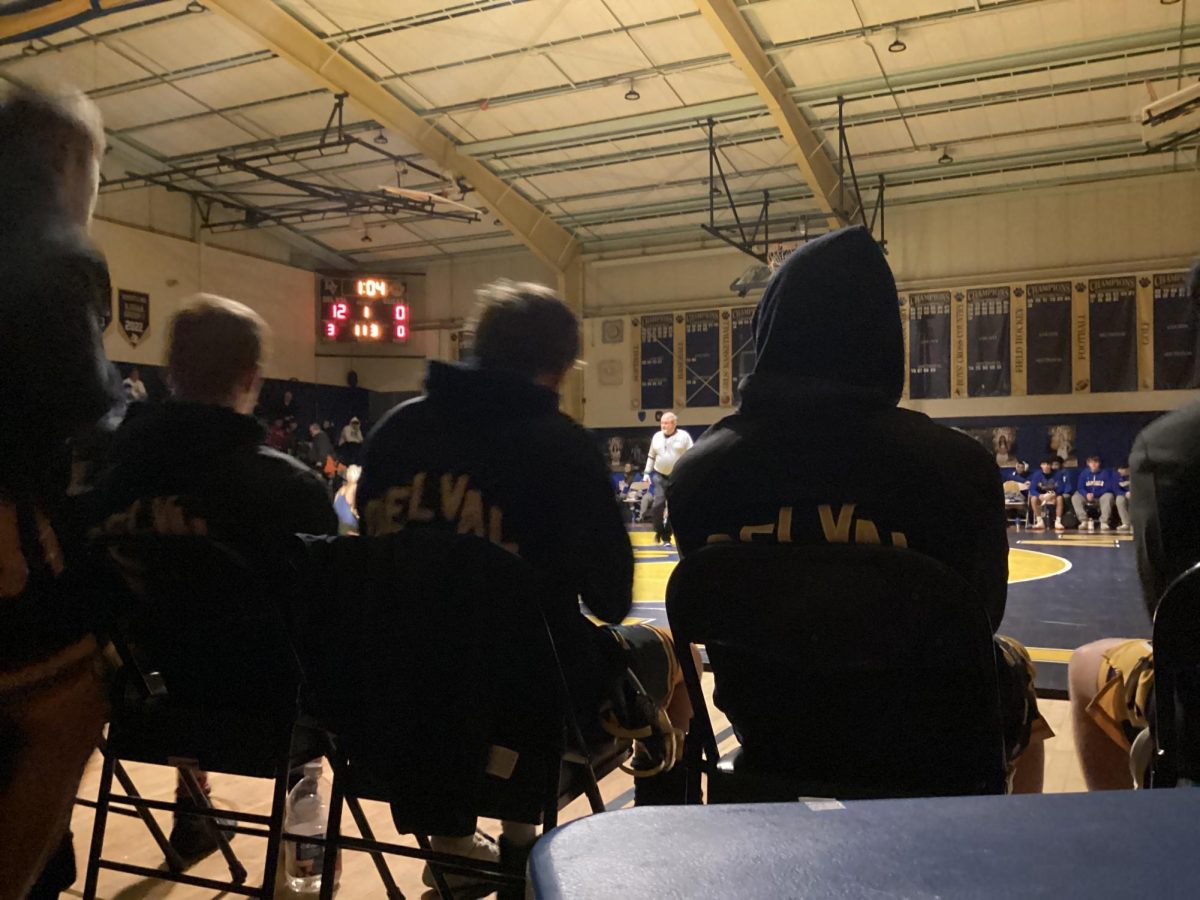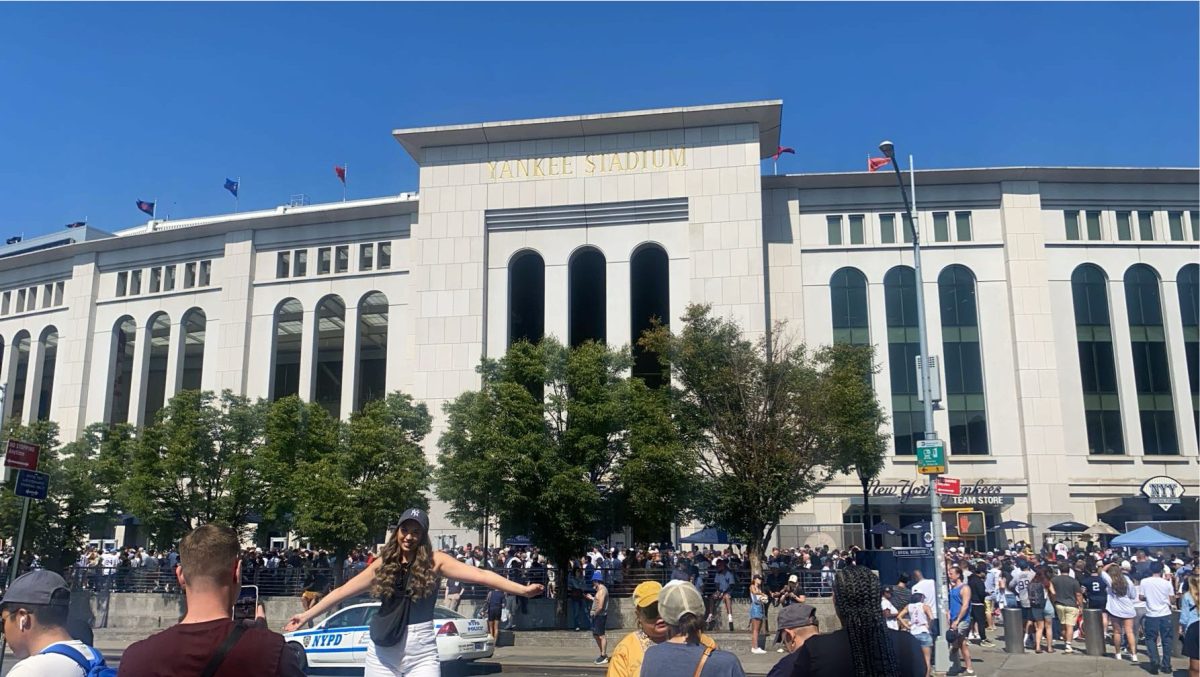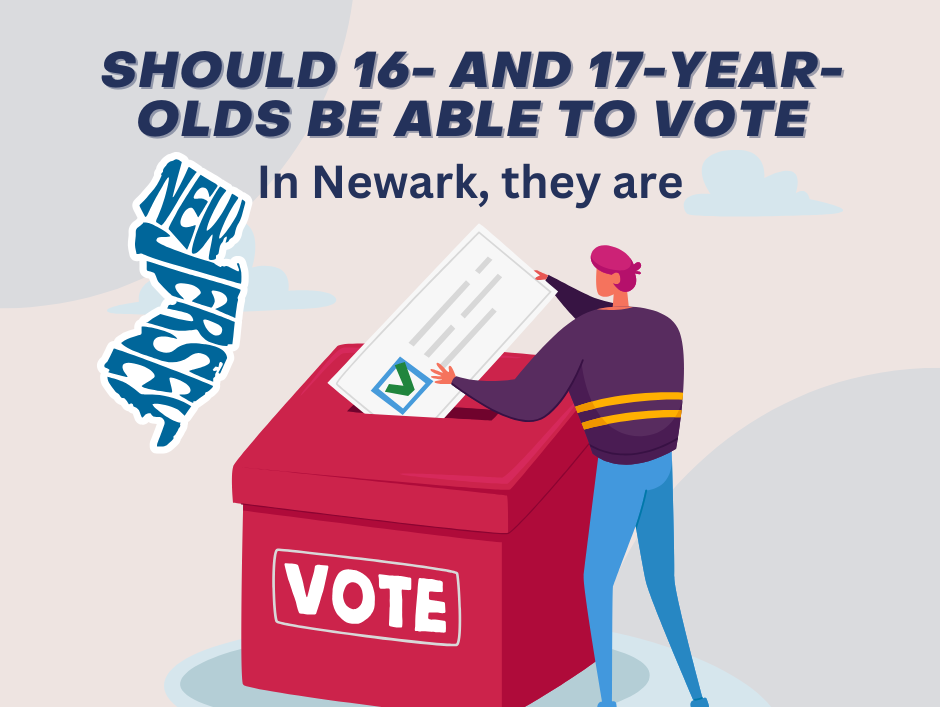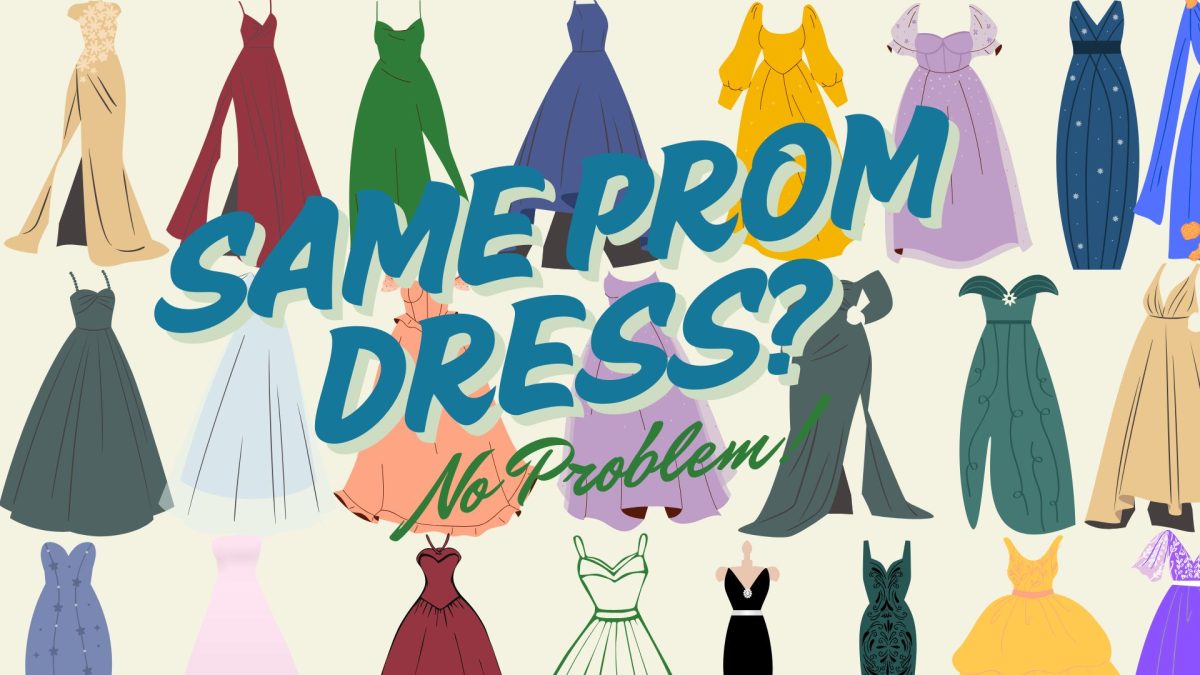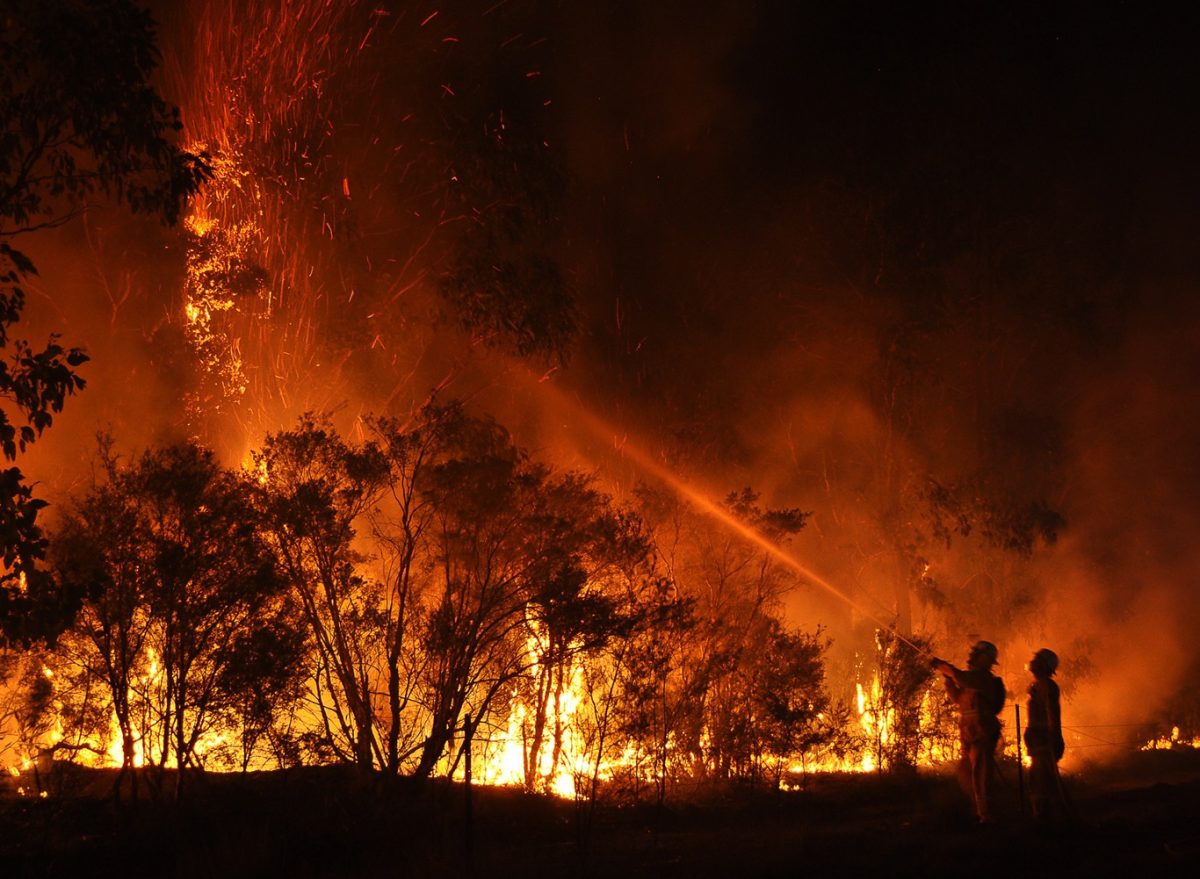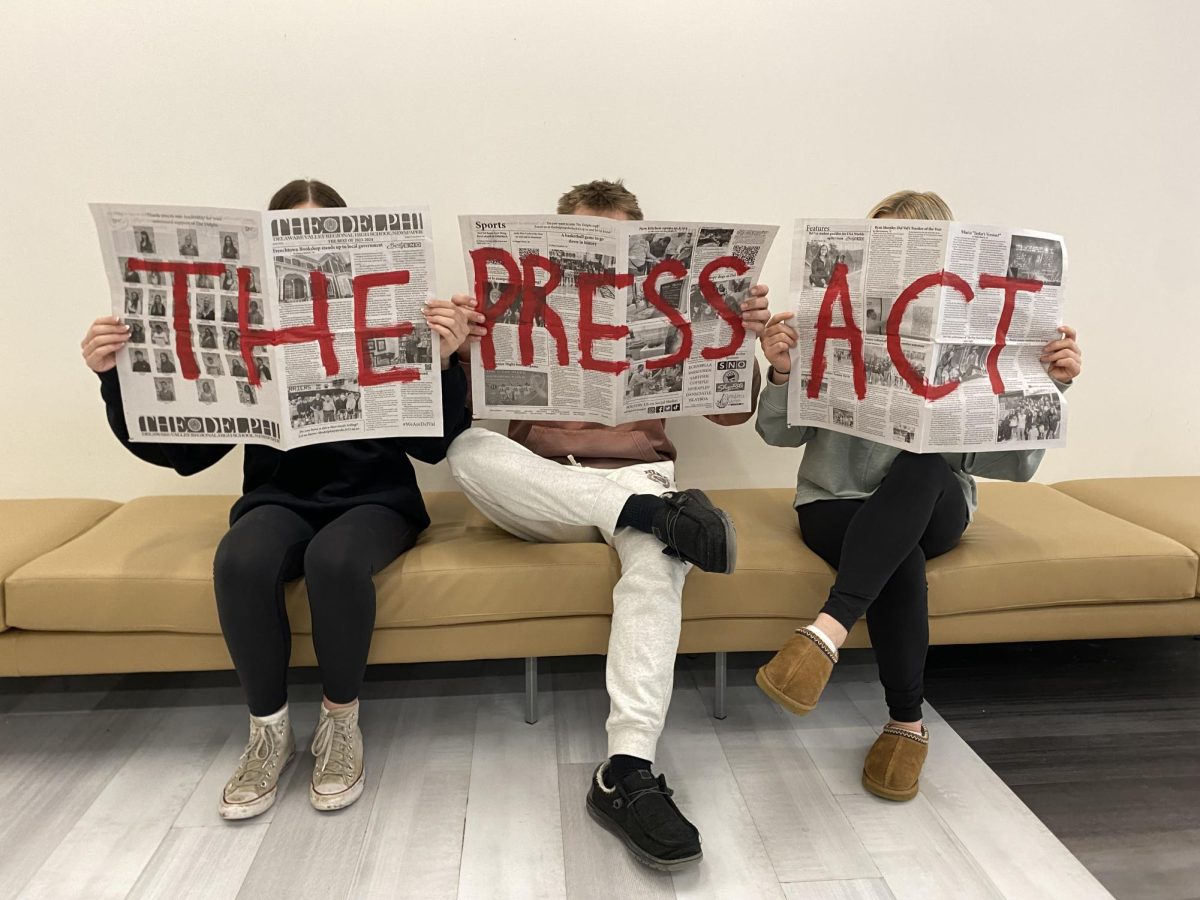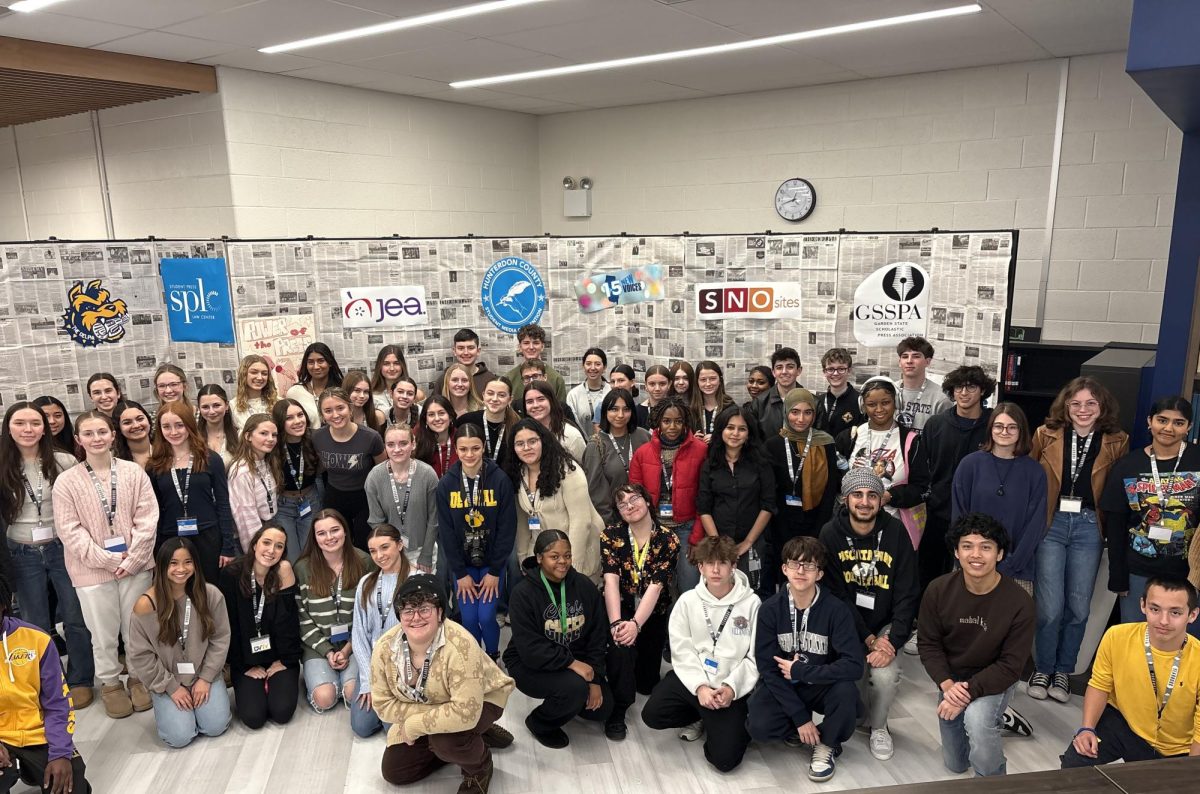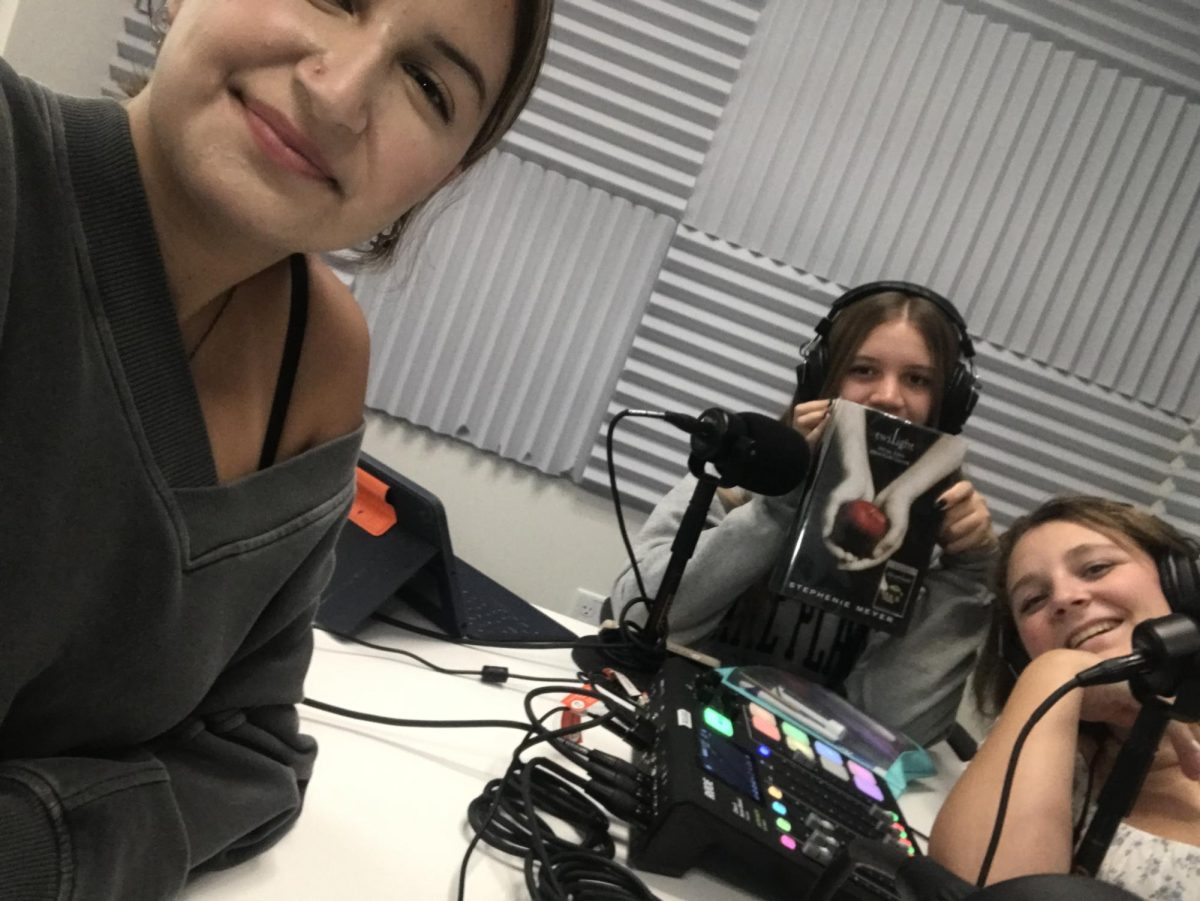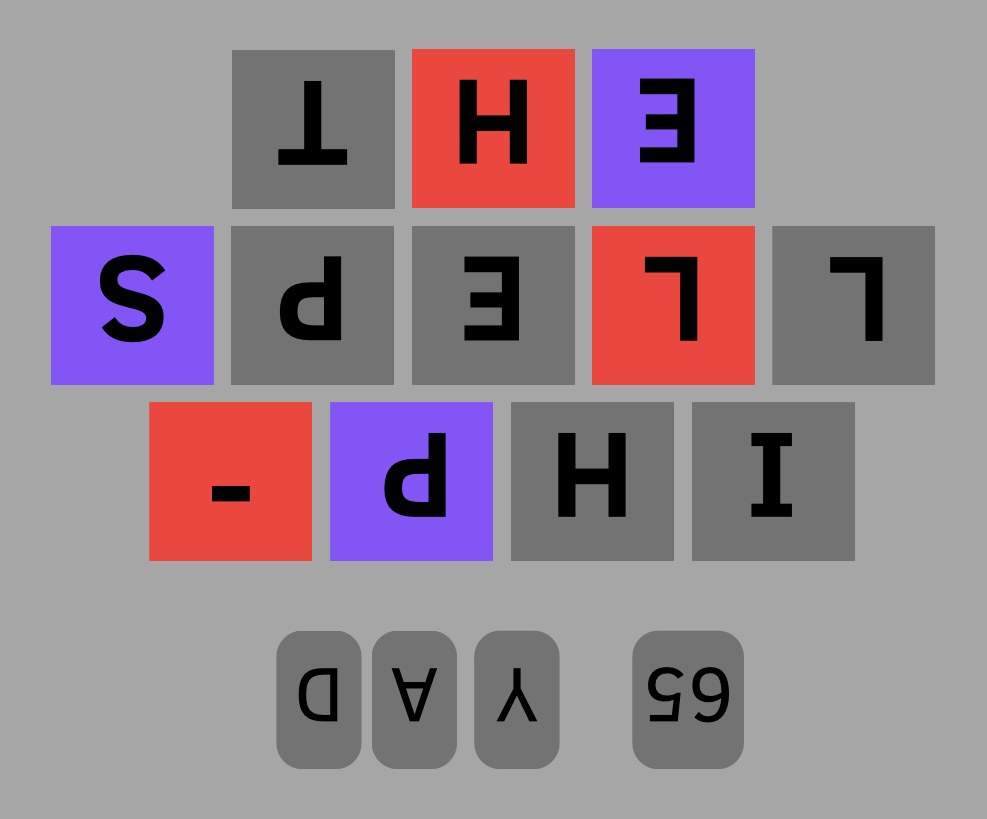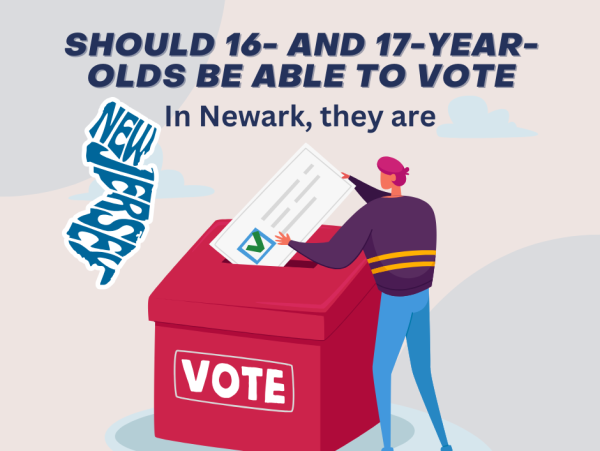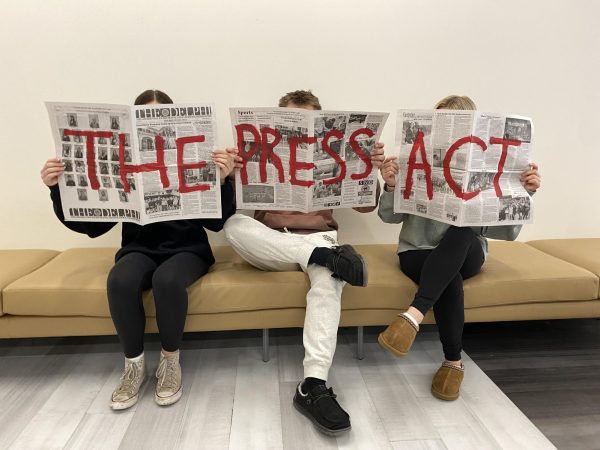The hidden layers behind social media
Photo via Wikimedia Commons under Creative Commons license
With so many social media platforms available, social media addiction is a risk for its users.
In the early 2000’s, social media spiked in popularity amongst the general public and took the world by storm.
Apps like Snapchat, Instagram, and Tik Tok, are now multi-generational platforms used for entertainment and communication. This relatively new form of communication among peers, co-workers and families help people feel more connected with one another, but at what cost? On the surface, social media appears to be a web of light-hearted platforms, but it is not all sunshine and rainbows.
Kalliopi Alexis, a student at Delaware Valley Regional High School, alludes to the “hidden layer” behind social media usage when talking about her screen time. “My average screen time is usually between 4-6 hours each day. At one point, it was up to 10-12 [hours] which was concerning. I notice that this is only the case when I am feeling particularly starved of human contact, even if it means I can only obtain it through a screen,” Alexis said. “I think this was a result of not having been outside of the house for weeks on end because of Covid. As a remote student, it’s difficult to interact with more people and you feel constricted to your circle of people.”
Alexis isn’t the only person who has had a large amount of screen-time recently. A survey was sent out to the staff and students of Del Val, asking about their phone and social media usage.
Out of 149 respondents, 49 people said that they spend 4-6 hours on their phones daily, with an additional 39 people averaging 8-10 hours on their phones.
Any excessive screen usage is not to the complete fault of the consumer. The Social Dilemma, a documentary on Netflix, explained the situation perfectly. Former employees of big social media companies like Facebook and Google explained marketing tactics and the use of notifications.
Several social media apps, like Instagram, use notifications to lure people back to their platforms. Instagram sends notifications to willing users, for example, notifying them when they got tagged in something, or if their post got a like, comment, share, reply, or new follower.
Those options are for Instagram alone. Many people have more than one social media platform downloaded, and many of these other apps participate in similar uses of notifications.
In the same survey, staff and students were also asked if they have notifications turned on for social media apps, and 103 said they do. If a majority of people have their notifications on for these kinds of apps, they are more likely to keep clicking, starting a cycle of social media dependency that distracts them from their day-to-day lives.
In fact, in the process of writing this article, I got distracted by a Twitter notification. I, too, am subject to the addictive tendencies that come with social media usage. Social media lures people in, like how Sirens lure sailors off of their ships and to their unsuspecting demise.
English teacher, Brian Smith, discussed how social media affects people around him. “Many teenagers have been ‘born with devices at their fingertips,’ so social media is a much more normal part of their lives and daily routines.”
Smith is not an avid social media user for the purpose of entertainment, but he provided some insight into adult social media usage.
“I definitely have adult friends who are on their phones and Instagram fairly regularly. Social media is addicting to anyone who finds it entertaining, no matter how old you are,’’ Smith explained.
Many people, like Smith and Alexis, are able to identify that there is a problem revolving around social media. It extends outside of anyone’s little circle of acquaintances, considering multiple platforms are used across the world. The question is, do people want to combat the negative behaviors that come with social media consumption?
According to the survey, 58 people, over half of the respondents, have attempted to cut back on their social media usage. Expectedly, over half the 58 were only somewhat successful or not successful at all. Algorithms in apps like TikTok, which half of the survey’s respondents claim to be their most used app, provide very quick and deeply personalized content.
For many, it is hard to keep away for long, considering the uptake in dopamine personalized content inhibits in the brain. Social media consumption is an addiction. Users, like drug users, have the chemical craving in their brain to feel the pleasure that comes along with a “like” or comment, compared to what one may consider a euphoric high.
The negatives, including mean comments or fewer likes, outweigh the bliss. Many people have felt that if they don’t get a certain amount of likes on a post, then they failed and people don’t like them.
The process instigates excessive amounts of anxiety, making the user set higher expectations until they finally feel like it’s enough. The parallels between social media addiction and drug addiction are almost uncanny.
Now that likes and followers are being monetized, this craving has even become a source of stress and competition.
Social media is supposed to be a fun way to keep in touch with others. Going hand-in-hand with the anxiety that comes along with the “like” button, many people feel a lesser sense of self worth due to how people portray themselves on social media.
With certain editing features, people can also alter their appearances to fit more of society’s standards. “I remember when I was younger, seeing influencers who looked ‘perfect’ was definitely a detriment to my self confidence, but as I got older, I realized that Photoshop was the reason. As long as we teach younger people that Photoshop is ‘a thing,’ I think it will relieve a lot of stress that they feel surrounding their images when they see these idealized forms of beauty online,” Alexis said.
Alexis is not alone in feeling a decrease in self confidence due to growing up in the age of social media. Many people, largely teenagers, feel they need to conform to the unrealistic expectations formed online. If teens see a Photoshopped image of a model online with 100 thousand likes in comparison to their 1 thousand likes on their posts, they might conclude the reason is because they do not look like them.
Along with Alexis’s point, the world’s youth needs to be made aware of the unrealistic depictions of the internet; it could reduce stress and prevent further social media competition or insecurity.
Social media, although a great outlet to communicate with friends and family, can have a detrimental impact on society, enabling unsuspecting technological addictions along with and overall diminishing of one’s livelihood.
Your donation will support the student journalists of Delaware Valley Regional High School. Your contribution will allow us to attend conventions, purchase equipment and cover our annual website hosting costs.

Abigail Gruenberg is currently a junior at Del Val and is very passionate about writing. This is her first year writing for The Delphi. In addition to...

